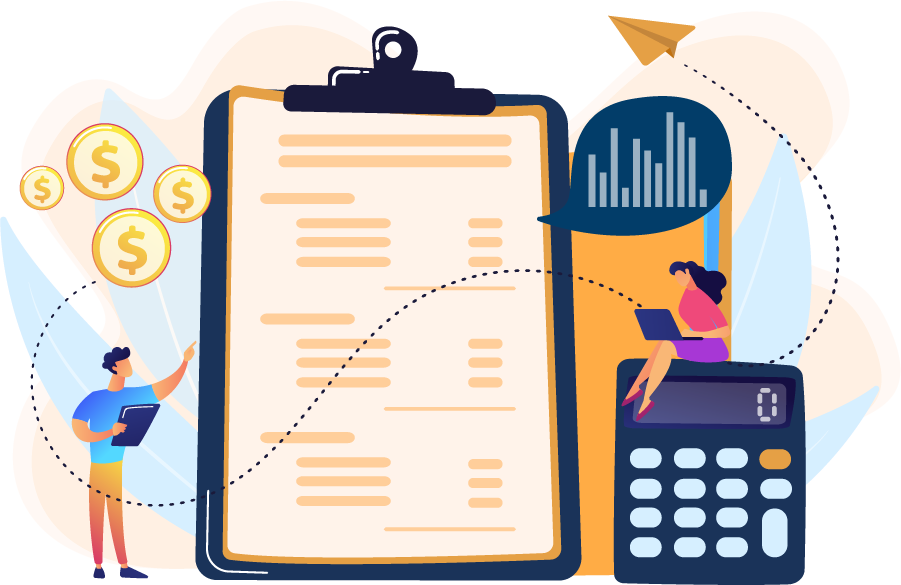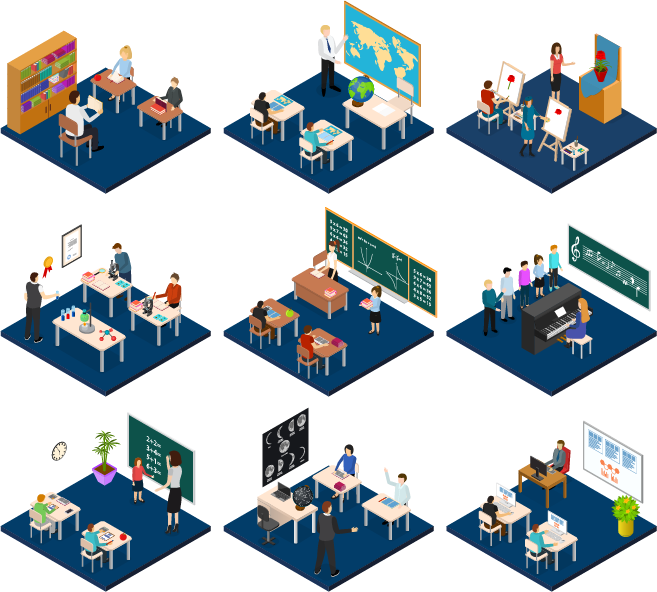Since it is important that staying sharp and relevant in the evolving market is your utmost priority, Continuing Professional Development (CPD) is increasingly becoming popular.
It’s the ongoing process of acquiring new skills, knowledge, and keeping yourself updated in your field.
But to state an honest opinion, CPD is not always a smooth sail. Between work deadlines, family commitments, and utter exhaustion, fitting into professional development can feel painstakingly impossible.
So, if you are facing some big hurdles in your CPD journey, you’re not alone. This blog is a breakdown of the common challenges and some actionable tips to help you overcome them.
Time Crunch
With our increasingly fast-paced lives, 24 hours simply doesn’t feel like enough. Between work, errands, and personal commitments, carving out dedicated time for CPD can seem almost impossible.
Micro-learning can be a solution to this challenge. Short online courses, podcasts, or industry blogs are a great way to squeeze in some CPD during your commute or lunch break.
Remember, even a little bit counts towards your overall development. You plan and prioritise by blocking out specific times in your week for CPD, even if it’s just half an hour.
Treat it like an important meeting you wouldn’t dream of missing. You can also start by dedicating focused few hours at the weekend which is a perfect way to tackle longer online courses or webinars.


Cost Factor
CPD programmes can range from free webinars to pricey conferences. Let’s be honest, budgets aren’t always kind to those needing CPD.
Go for free resources. There’s a wealth of free CPD material available online. Look for industry publications, government-sponsored training programmes, or free webinars offered by professional associations.
Also, you can always ask your employer for support. Many workplaces recognise the value of CPD and might offer financial help or paid time off for training.
Talk to your HR department to see what they offer. Consider bartering your skills with a colleague who offers a CPD activity you’d like to participate in.
Lack of Motivation
Feeling uninspired or burnt out in your routine can easily make you quit CPD or stop looking to improve your skills at once. It’s so easy to lose sight of the bigger picture when you are buried down in daily tasks.
The best way to motivate yourself is to get SMART goals: Specific, Measurable, Achievable, Relevant, and Time-bound goals will help you stay focused and motivated. What skills do you want to develop? By when? How much time will it take? What resources do you need? Completing a checklist of goals can give you an adrenaline rush, which can in turn boost your motivation.
Find your “why”. You can remind yourself why CPD is important. Is it for a promotion? To stay on top of industry trends? Connecting your learning to your career goals can renew the spark.
Also, find a study companion or a group via an online forum to connect with others pursuing CPD in your field. Sharing experiences and goals can keep you accountable and motivated.


Information Overload
While it provides great flexibility, choosing the right CPD activities to invest your time and resources in can feel overwhelming.
The best way to overcome this challenge is by doing a needs assessment. Before deciding on a CPD activity, take some time to identify your specific learning needs. For instance, what areas do you want to improve? What are your career aspirations? Etc.
It is also helpful to seek recommendations and reviews. You can talk to colleagues, mentors, or industry leaders for their recommendations on relevant CPD programmes and resources.
Note that not all CPD offerings are created equal. Look for programmes from reputable institutions that align with your learning objectives, rather than following the trends and advertisements.
Learning Style Mismatch
There are quite a few options for the mode of CPD programmes, some are delivered in plain lectures, while others use a lot of visual aid.
It is important to note that not everyone thrives in a classroom setting, and therefore, traditional CPD formats might not resonate with your learning style.
Usually, when the learners are not in sync with the way a CPD programme is delivered, they lose interest and backslide into demotivation.
This is why it is critical to explore your options first. There are online courses, webinars, workshops, conferences, and even self-directed learning options.
Find a format that suits your learning style and preferences. Embrace new technology because many CPD providers offer interactive learning platforms like simulations, gamified experiences, and virtual reality tools.
The more options you explore, the better you understand what makes learning engaging and enjoyable for you.

Final Thoughts:
Continuous Professional Development (CPD) is an ongoing process, similar to a marathon rather than a race. Therefore, it is of high value to maintain patience and acknowledge your progress throughout this journey. The best way to do that is by recognising the potential challenges and implementing the strategies outlined in this guide. You can transform CPD from a simple obligation into a rewarding opportunity for continuous learning and career advancement.
























